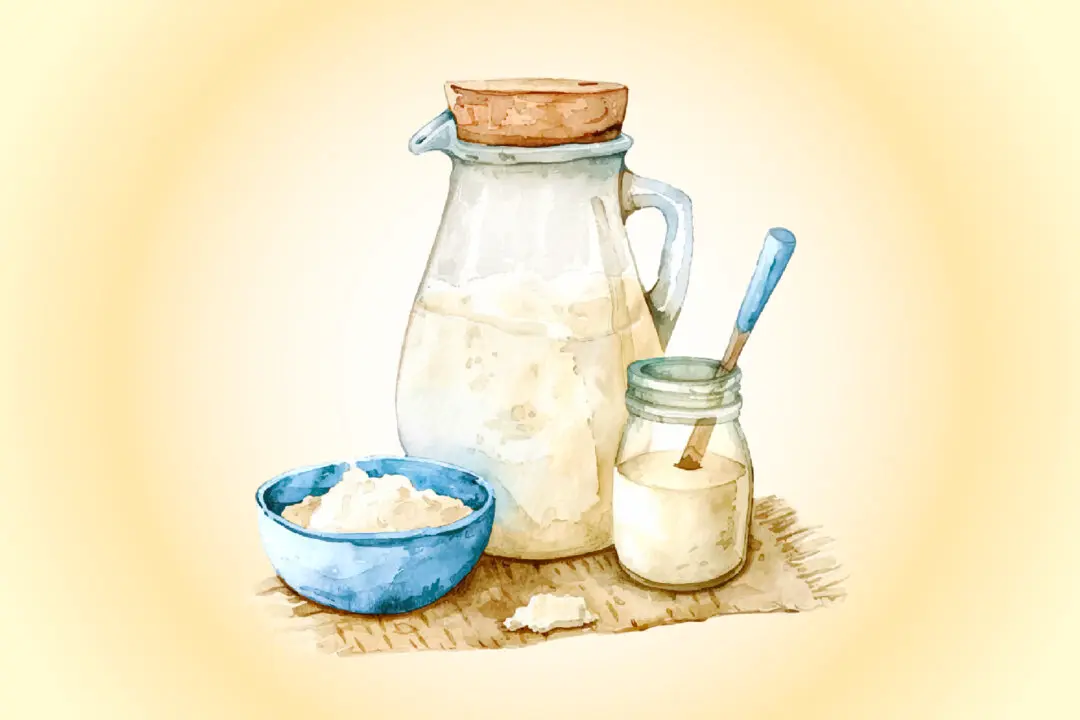Most people are probably familiar with the placebo effect, but may not be aware of its less popular cousin, and opposite, the nocebo effect. According to the latest research, this mysterious phenomenon is perhaps more prevalent than many people realize, even medical professionals.
Let’s define them both.






